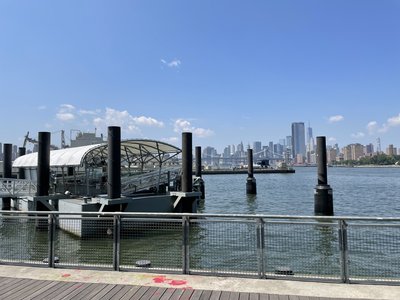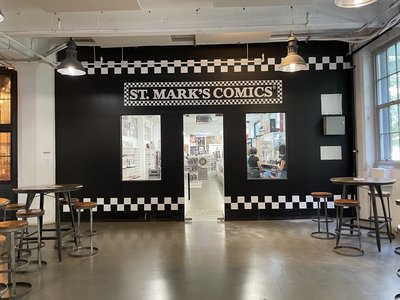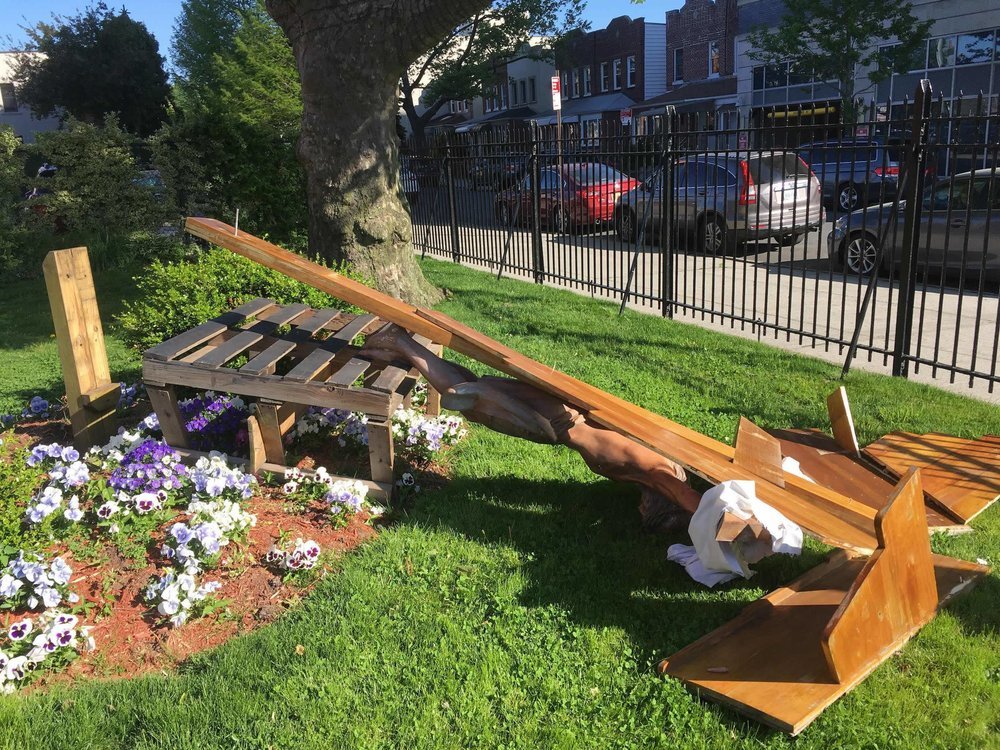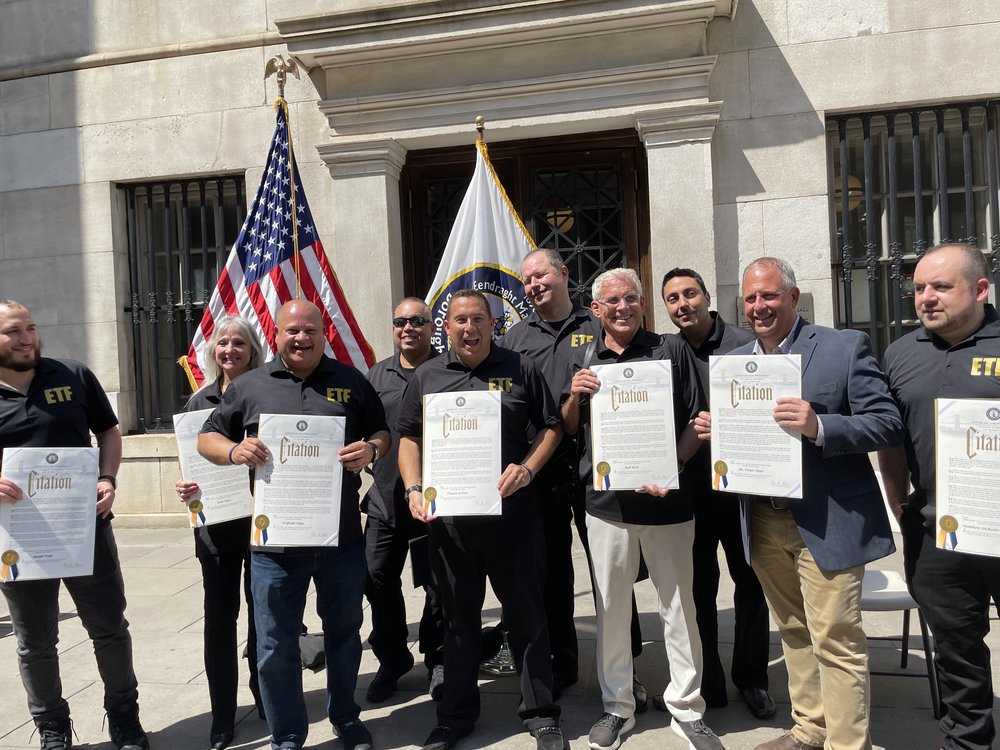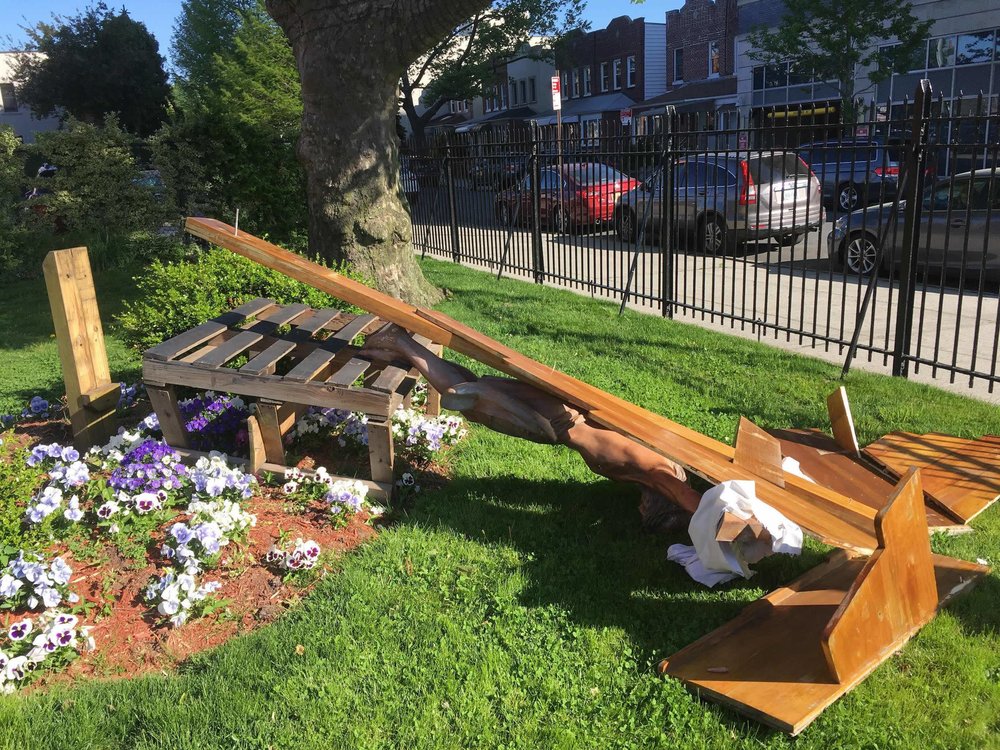Yaro brings ceramics, clay to Greenpoint
The streets around the Greenpoint waterfront are quickly becoming more and more developed with high-rise towers, however the area is still home to some genuine beacons of creativity and community.
Such is the case with Yaro, a new community arts center nestled quietly into the storefront of 76 Kent Street. Focusing on ceramics, clay, textiles, and other hands-on artistic mediums, the space plans on hosting artisans of all trades and already offers classes teaching local residents new skills.
Founder Andrea Kamini Parikh discussed the origin story and mission statement behind Greenpoint’s newest small business.
“I left a corporate job to start this,” Parikh said during an interview last week.
Raised in Texas, Parikh previously worked at a large architecture firm in the Lone Star State, where she quickly grew tired of the money-focused mindset driving the work. She decided it was time for a change, and set her sights on creating a new business — in a new city — that would be more fulfilling.
“I signed the lease right before COVID,” Parikh explained of Yaro’s Kent Street location. “That ended up being a good thing. I talked a lot on the phone with Diana [Rojas, Yaro’s Studio Manager] and was able to really explain my ideas, my thoughts about what the aesthetic should be, and how to execute it.”
Parikh is also relatively new to Greenpoint, and even though she had some concerns before moving because of the widespread gentrification in the area, she has since found her place among a wide network of like-minded friends and artists.
“I come from a mixed race, multicultural, multi-religious background, so I was a little concerned about living around just rich people,” Parikh said. “ I live on the other side of Greenpoint though, the manufacturing side, and it’s kind of like I know everyone over there.
“I know all the businesses, the places to always go to,” she added. “It’s almost like there are two different sides of Greenpoint.”
Parikh is hopeful that her work can support and encourage other groups trying to find their place in the greater North Brooklyn community.
“I think there’s a responsibility that you have to be aware of as a business owner,” Parikh said. “Our end goal here isn’t just to make a lot of money. Yes, you need enough to pay rent, but we are hoping to also incorporate a methodology and practice that supports artisans and teaches people something new through classes and workshops.”
Parikh has been fascinated with the arts her whole life, and spent her childhood learning how to work with clay, ceramics, and any other material she could get her hands on.
At Yaro, Parikh hopes to instill this same passion in others and to show people just how much they can accomplish with their own hands.
“I think it gives people agency,” Parikh explained. “If you can teach people to create a thing, then that teaches them that they can create things in other places in their life. It reminds people what it is like to really dive into something physical. There is something meditative about being really invested in a project.
“There’s a tactility to many materials, like clay for example,” she added. “There’s this approachability, like it’s inherent in our being that we know what to do with it. Maybe Patrick Swayze and Ghost helped out a bit too, but sitting at a throwing wheel feels natural and approachable for a lot of people.”
Currently, Yaro is offering wheel throwing ceramic classes, handbuilt sculptural tableware classes, and other workshops. In the future, Parikh and the team at Yaro are planning on inviting artisans from around the world to visit and work in the space as well.
For the time being though, Parikh hopes that her team’s success can inspire other people to pursue their passion in a way that will contribute something positive to their community.
“I think it’s really important, even for myself, to take some time and provide some space for yourself, to find a bit of balance in life,” Parikh explained. “We all make a lot of excuses to work really hard and be stressed all the time, but we work better and smarter when we are happier. So whether it’s making something physically, or cooking, or whatever, finding that balance is really important.”




